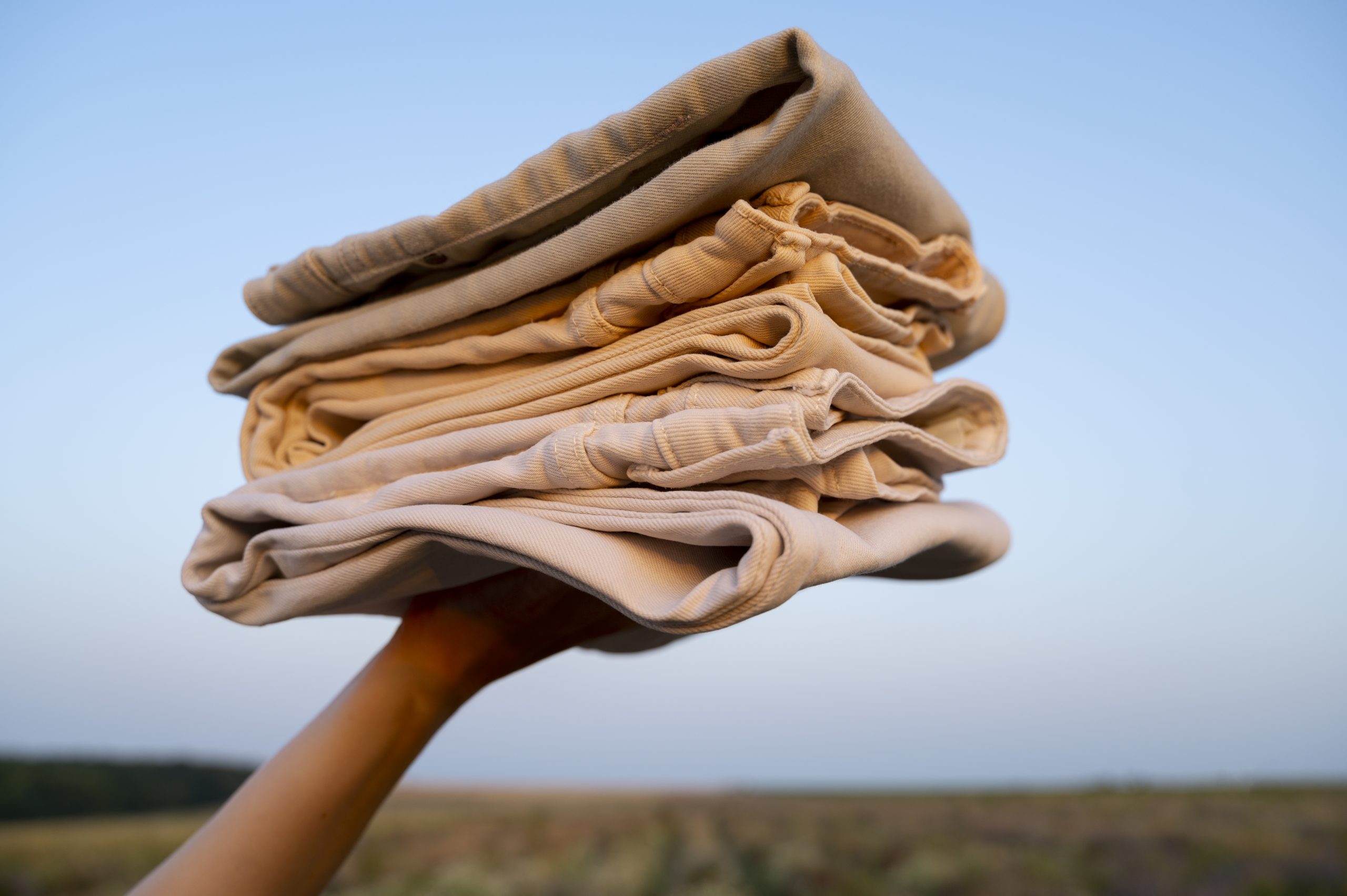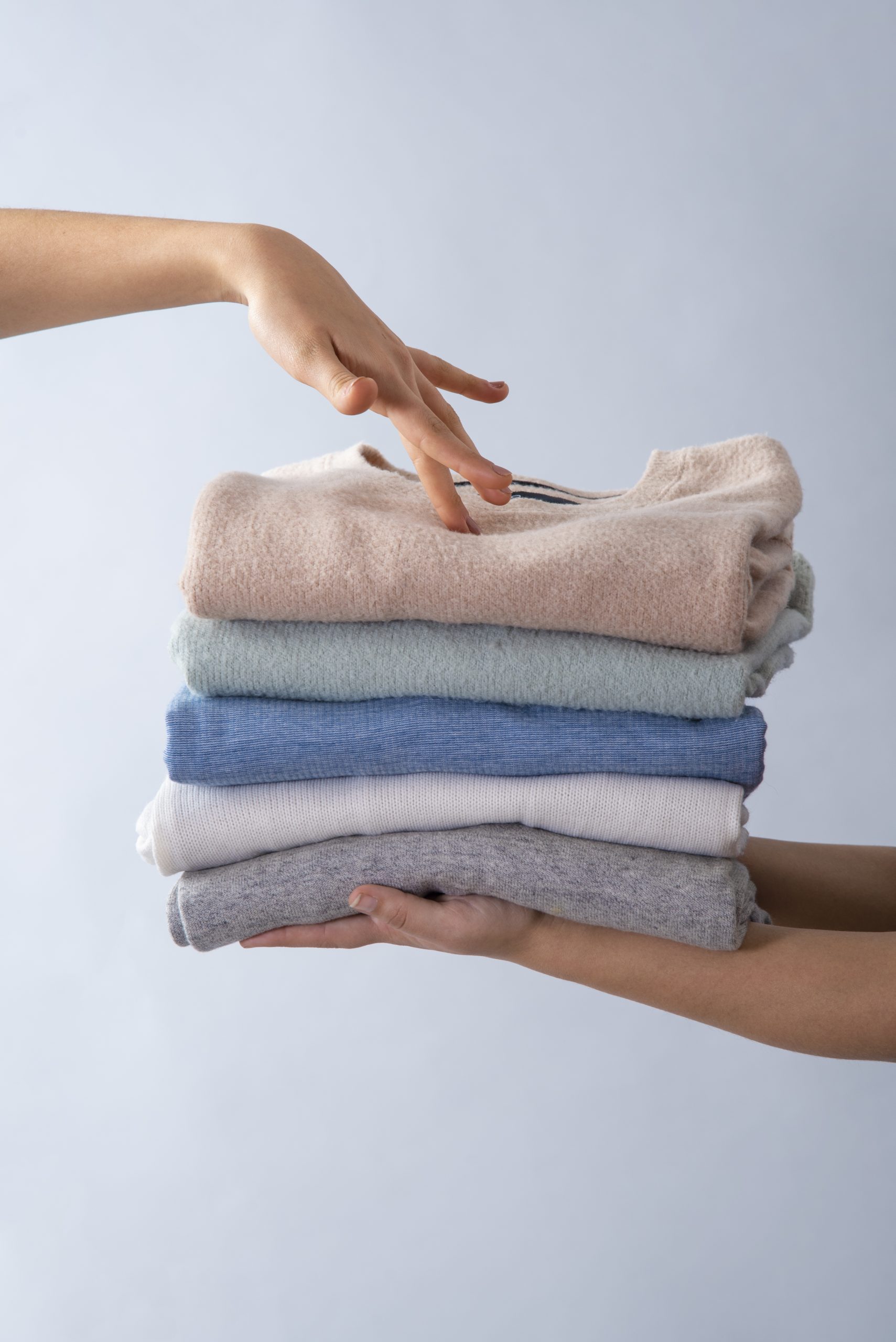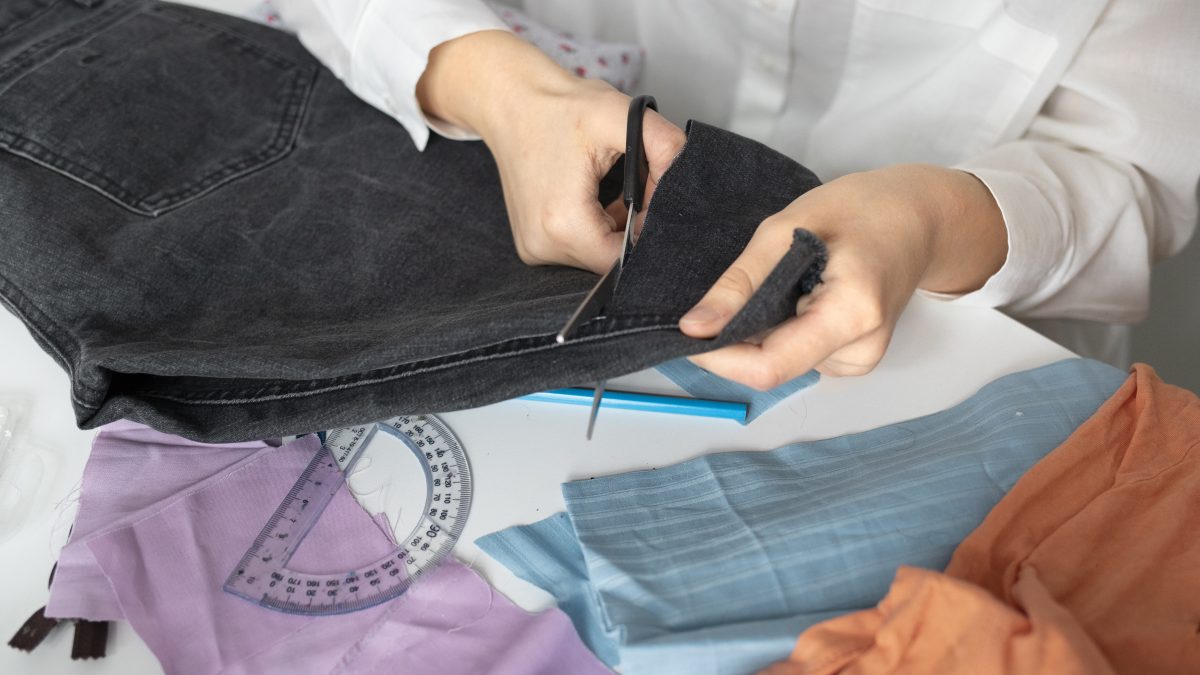
WHY IS EVERY PRODUCT VALUABLE?
June 26, 2024
FASHION PERSPECTIVE ON CIRCULAR ECONOMY
June 26, 2024Every second, as much clothing as a garbage truck is burned or dumped into the earth. In the background, the waste of water, energy, and raw materials, as well as carbon emissions, continue to trigger the climate crisis. Even without considering the impacts of clothing production and distribution processes, if the “use and dispose” culture remains unchanged until 2050, it is projected that one-fourth of the effects of climate change will stem from clothing consumption.
When we look at today’s fashion world and consumption habits, what comes to mind first is that garments’ current lifecycles are not sustainable. The throwaway culture that has grown alongside fast fashion; discarding products due to minor flaws in manufacturing and consumers throwing away clothes without completing their useful life to buy trend pieces, is prevalent.

A study conducted in the Netherlands revealed that the average lifespan of pants is 6.2 years, skirts and dresses is 15.2 years, sweaters is 7.1 years, T-shirts is 6.8 years, and jackets is 11.5 years. However, statistics from a 2020 study in Norway showed that some clothes are discarded after only 7-8 uses, underscoring the worrisome aspect of the throwaway culture in fashion. Currently, millions of products are discarded without completing their lifecycle or even being offered for sale.
When looking at the impact of the throwaway culture on brands, it’s evident that excess stock and slightly defective products are at the root of the problem. Whether global or local, mainstream or niche, about 12% of clothes remain unsold at the end of each season. These products ultimately end up either being thrown away or incinerated. Moreover, this disposal method not only harms the environment but also damages the brand’s economy. As a result, the sector incurs losses of over $500 billion annually due to garments discarded before their useful life ends and not being recycled.
Renewal Culture for Sustainable Environment and Economy
To overcome all these environmental and economic damages, “renewal” is gaining importance as a new business model that will improve fashion and systems. Renewing and reselling, especially for brands, presents a profitable solution to the surplus stock, consumer returns, and slightly defective product problems that lead to tons of garment waste being discarded in nature. When these products, which may have languished in warehouses for years, are revitalized and offered for sale in their original beauty, it becomes a model that serves both the brand and the environment, as well as fashion.
Renewal has historically found its place in various forms in our lifestyles. Before fast fashion, when there was not as much overproduction, clothing items were repaired and used for longer periods. Worn-out shoes were routinely sent for repairs and maintenance. In this context, besides Generation Z, who consider environmentally friendly criteria when making shopping decisions, there is also a local consumer group that is not unfamiliar with renewed products and has experienced that every product is valuable. Brands that renew their products bring together different audiences who care about the environment and sustainability and enjoy shopping with economic advantages under the same roof.
Nivogo revitalizes and prepares surplus products in brands’ and manufacturers’ warehouses for sale. It offers brands sustainability as a value through a circular system. It transforms surplus stock and slightly defective products, which companies seek solutions for, into economic gains. With the motto “Every product is valuable,” it charts a unique roadmap for each brand as a sustainability partner and transforms fashion by renewing it.
If you want to take a step towards sustainability with your brand, you can contact us at info@nivogo.com.



